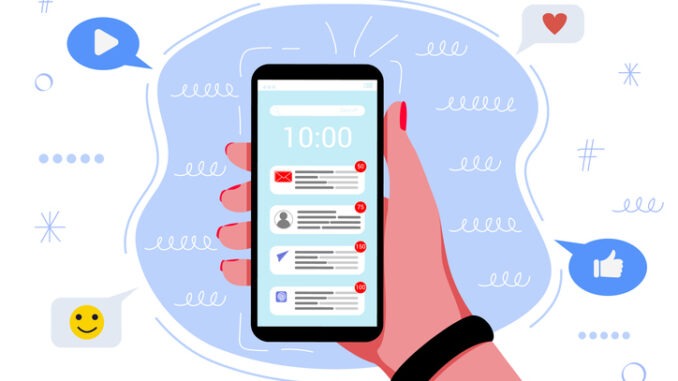
Our phones are our constant companions, but their steady stream of notifications might be doing more harm than good during work hours
CREDIT: This is an edited version of an article that originally appeared on SME Today
Our phones have become an indispensable part of daily life—but how long could you go without picking yours up? It’s probably not as long as you think. Surprisingly, 39% of people in a recent survey said they believe they could make it through the day without giving in to the temptation of their mobile devices. However, a whopping 60% admitted they couldn’t resist checking their phones during work hours.
For employees, frequent phone use can lead to significant distractions, and for managers, it translates into noticeable productivity losses. A recent survey revealed that one in three people admits to checking their phone as soon as a notification appears – whether it’s a message, social media alert, or app update. These constant interruptions create a powerful draw, pulling many away from their tasks and disrupting focus.
Consider an average 8-hour workday with notifications arriving every 10 minutes. That’s 6 notifications an hour, adding up to 48 throughout the day. If each phone check takes just 30 seconds—whether it’s replying to a message or liking a post—that amounts to nearly 25 minutes of lost productivity per employee each day. In a company with 50 employees, where a third check their phone every time a notification pops up, this distraction could cost the organisation nearly £9,000 annually in lost productivity.
How Do We Minimise Distractions?
Everyone has their own approach to staying focused at work. Listening to music is the most popular method, with 46% of employees using it to block out distractions and maintain concentration. For 36%, the comfort and quiet of working from home help them stay productive, while 22% manage distractions by putting their phones out of sight entirely.
In today’s world of constant connectivity, many employees feel a persistent pressure to stay engaged with work, even outside of core responsibilities. A significant 41% of respondents reported feeling compelled by colleagues or managers to remain consistently responsive to emails, Slack messages, or calls.
Hanging Up Bad Habits
Managers play a crucial role in helping employees strike a balance between responsiveness and productivity. By setting clear communication expectations, they can alleviate the need for employees to constantly check their phones. For example, managers can establish designated response windows, encouraging employees to check emails or messages at specific intervals rather than in real-time. This structured approach reduces the urge to react to every ping.
Another effective strategy is promoting a culture that values deep work and uninterrupted focus. Managers can lead by example by silencing their own notifications during meetings or work sessions, sending a powerful signal about the importance of prioritising tasks over distractions.
By tackling the distraction dilemma head-on, both employees and managers can reclaim precious time and boost productivity. After all, staying focused isn’t just about silencing notifications – it’s about dialling into what truly matters.


Be the first to comment